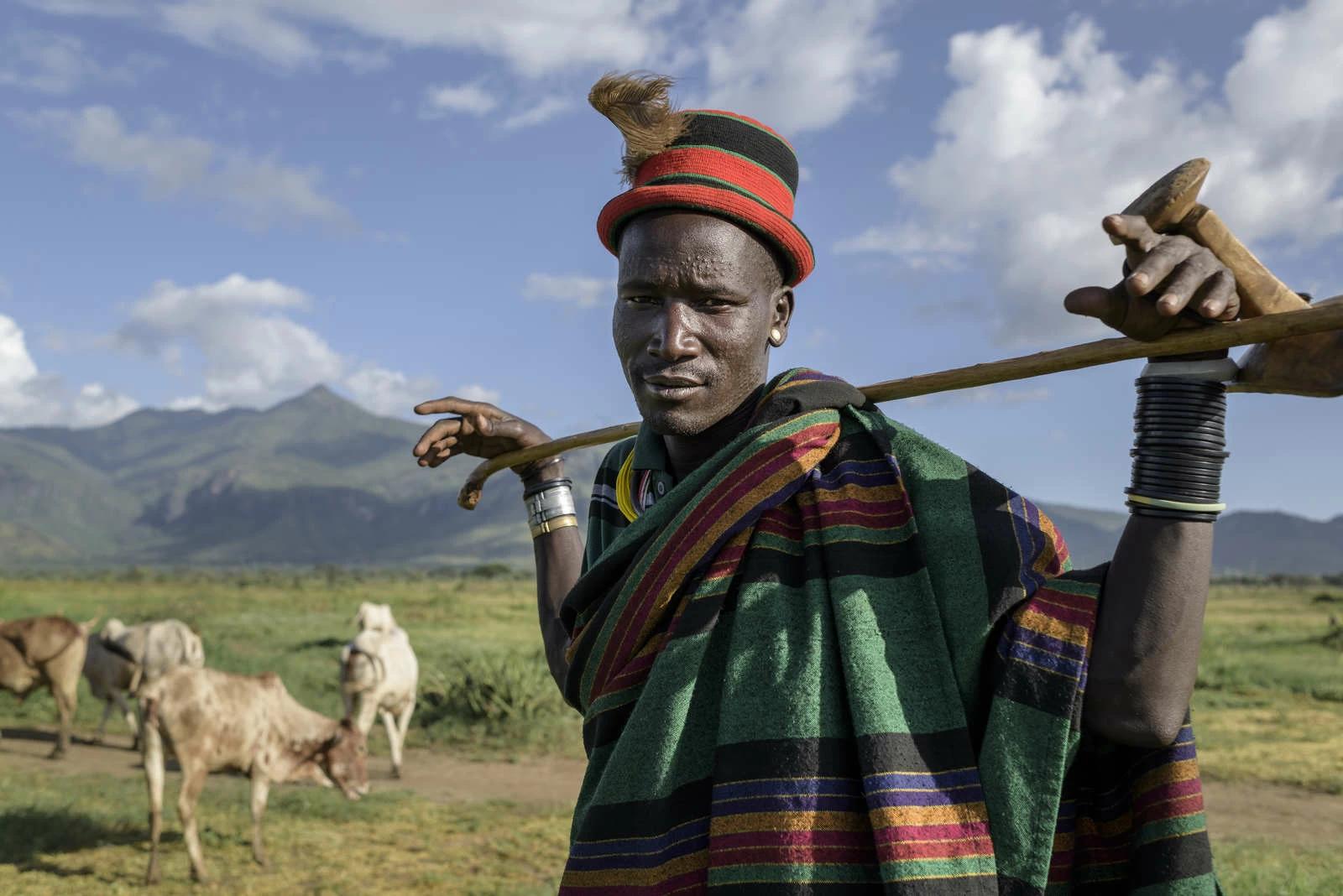3 Ways Photographers Reinvent Themselves
Yvan Cohen
Fri Jan 22 2021

The business of photography has become increasingly challenging for photojournalists. As a result, many are seeking creative ways to continue earning a living doing what they love.
The landscape of professional photography has forever changed. Where once editors may have assigned a photographer, today the same editors turn to the Inernet, knowing the image they need is just a few clicks away.
The vast supply of imagery provided by the Internet and cheap digital technology has pushed license fees down, making it harder for professional photographers to earn a decent living from stock photography.
Photography has become a universally accessible form of creative expression and communication. Almost everyone now has a camera in their hand (even it is still nominally called a phone). Professionals often find themselves swamped by an army of camera toting bystanders and photography enthusiasts.
At the most extreme end of the spectrum some photographers are left asking themselves what it actually means to be a professional photographer. The dividing line between the amateur and the professional has become increasingly blurred.
Despite the pessimism expressed by many professionals, there remains legions of determined souls who see opportunities in change. These people are evidence that true passion doesn’t wither in the face of new technologies and shifting market realities?—?it adapts.
1. The photojournalist as an artist…
Many photojournalists have responded to the advancing hordes of amateurs by re-casting themselves as artists. It’s a subtle repositioning that, when successful, can give renewed gravitas and credibility to a photographer’s work.
By no longer labeling one’s pictures as documentary evidence but as art, there is an attempt to hoist oneself above the masses, into a more rarefied category of creators. A category of creators valued more for their uniqueness of vision than their technical skills in handling a camera.
 A man sitting in the middle of a room in an installation depicting madmen without a mouth, in the museum of madness. Photo and story by Marco Cantile
A man sitting in the middle of a room in an installation depicting madmen without a mouth, in the museum of madness. Photo and story by Marco Cantile
2. Everyone is a teacher…
The rising interest in photography has also created an opportunity for professional photographers to reposition themselves as teachers.
This occasionally extends to a repositioning as both artist and teacher. Sometimes it seems like every other successful professional photographer one meets is organising classes and workshops.
Just 10 years ago, I would have struggled to name two professional photographer friends involved in or organising workshops. Nowadays, I find myself struggling to name one who hasn’t been involved in the workshop business.
The blossoming of the workshop sector is a direct by-product of professional photographers adapting to changing realities, seeking new ways to parlay their unique experiences and knowledge into a livable income.
But as the number of workshops on offer has grown, questions are also being raised about standards and quality. Photo workshops are completely unregulated. There is, as far as I know, no recognised qualification for teaching.
Potential students would do well to read up on the background of their would-be teachers. Even so, there is no guarantee that a dazzling portfolio will translate into an enriching course. It seems as though word-of-mouth and online commentary are perhaps the best ways to evaluate the likely quality of a teacher and his/her course.
 Members of the gang walk around the village, proclaiming the presense of Gulabi Gang. The Gulabi gang, or “the pink gang” (a direct translation from Hindi), is a group of women who have decided to take justice into their own hands. Photo and story by Jonas Gratzer
Members of the gang walk around the village, proclaiming the presense of Gulabi Gang. The Gulabi gang, or “the pink gang” (a direct translation from Hindi), is a group of women who have decided to take justice into their own hands. Photo and story by Jonas Gratzer
3. Go forth and diversify…
Diversification is another typical response to changes in the industry. As the traditional role of the professional photojournalist has been eroded by crowd-sourced content, many photographers are diversifying their skills. Learning how to work with multimedia, creating web presentations and working with video and editing software.
The technology required to shoot video has become more accessible, not only in terms of cost, but also ease of use, especially since the equipment used to record still and moving imagery is now one and the same. Most digital cameras today shoot HD or even 4K video footage, creating opportunities for photographers to move seamlessly between these two disciplines.
While it goes without saying that video technology has become more accessible, the technical and skill barriers to producing a video report of broadcast quality are still high enough to deter many amateurs.
Many professional photographers have spotted this opening and are retooling themselves to shoot and edit video. Most already have the natural visual aptitude needed to create video. All that remains is to re-label themselves as ‘visual artists’ capable of producing work using stills and video. Or even more, a combination of the two in a multimedia format.
The breathless pace of technological innovation is creating the impression that we as photographers are forever racing to learn the latest software and use the most recently released piece of equipment. However much technology may have transformed the environment in which photographers operate, the value of great creative work driven by unique ideas can never be eclipsed by gadgetry and gear.
Technology may have changed the context in which we work, forcing us to reconfigure the ways in which we generate an income to live. But for those with ideas, passion and talent, whatever the latest format and however technology may change, there will always be a market for their work.
Written by Yvan Cohen | Yvan has been a photojournalist for over 30 years. He’s a co-founder of LightRocket and continues to shoot photo and video projects around South East Asia.
Featured photograph by Yvan Cohen
To read more helpful articles on photography, check out our blog page.
Join our growing photographer community at LightRocket and get powerful archive management and website building tools for free!


